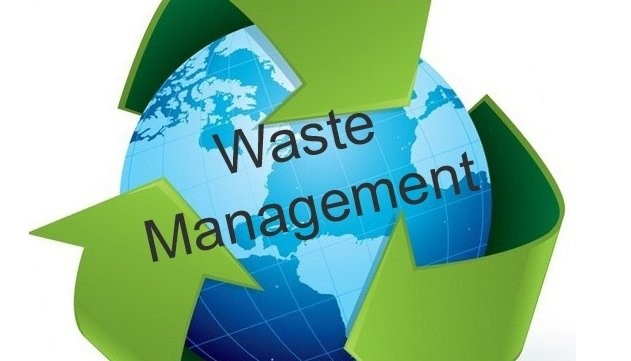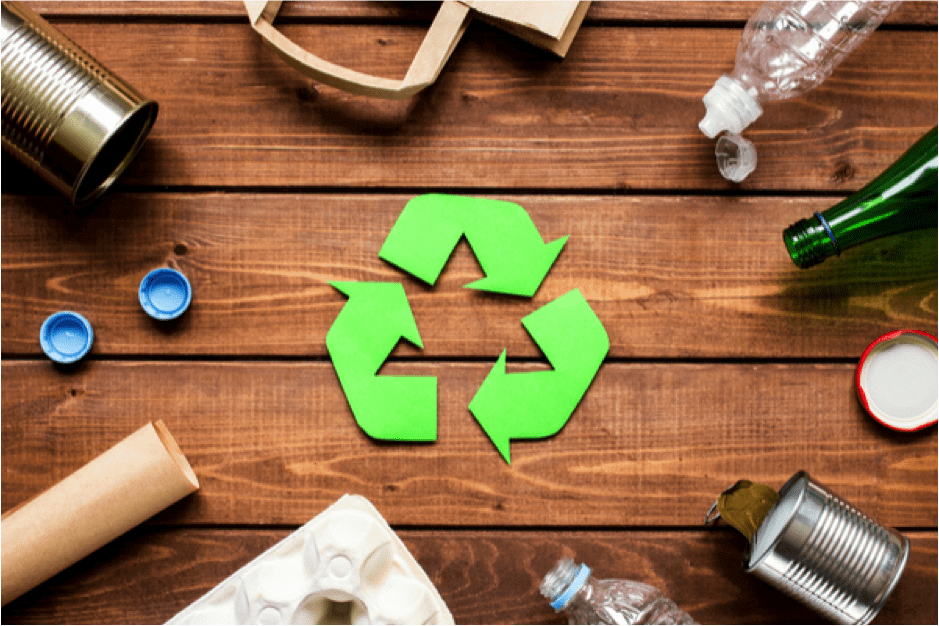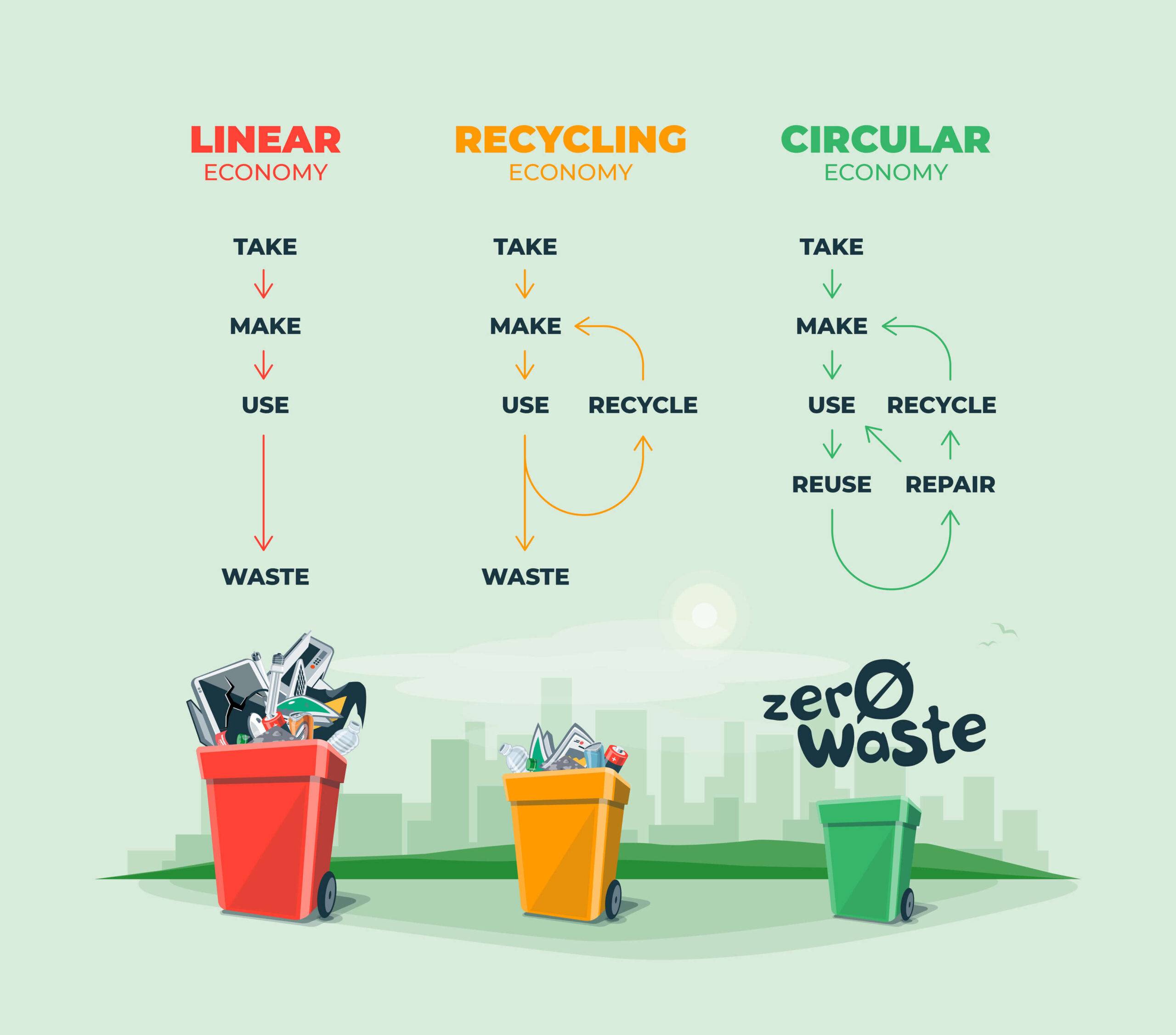How Recycling Lives Services Make a Difference in Lasting Waste Management
How Recycling Lives Services Make a Difference in Lasting Waste Management
Blog Article
Checking Out Various Kinds Of Waste in Modern Waste Administration Equipment
The contemporary landscape of waste administration includes browsing an intricate selection of waste kinds, each requiring specialized handling and disposal methods to reduce environmental effects. Municipal solid waste, contaminated materials, electronic waste, and organic waste each existing distinctive challenges and opportunities for source recuperation. Innovative options such as wise waste containers and waste-to-energy modern technologies are arising as crucial devices in boosting performance and sustainability. Recognizing these waste kinds is necessary for cultivating public understanding and motivating active participation in sustainable practices. What strategies can effectively address these varied kinds of waste while advertising a round economy?
Local Strong Waste
Community solid waste, often described as house garbage or garbage, encompasses a range of discarded products created by domestic, industrial, and institutional resources within a district. This waste stream generally consists of items such as packaging, food scraps, lawn trimmings, paper, plastics, fabrics, and thrown out family goods. The monitoring of municipal strong waste is a crucial element of urban preparation and public health and wellness, demanding effective collection, transport, and disposal systems.
Reliable waste administration systems are designed to lessen ecological impact while taking full advantage of source recovery. This commonly involves a combination of methods including recycling, landfilling, and composting. Reusing programs target products like paper, glass, metals, and specific plastics, diverting them from land fills and reintroducing them into the manufacturing cycle. Composting organic waste, such as food scraps and lawn trimmings, not just decreases land fill usage yet also generates important dirt modifications.
Districts need to additionally deal with the economic and logistical difficulties connected with waste monitoring. Implementing pay-as-you-throw systems, enhancing public understanding, and purchasing modern technology can considerably improve waste diversion rates. By integrating these techniques, municipalities can promote lasting neighborhoods, reduce greenhouse gas emissions, and conserve natural sources.
Contaminated Materials

Effective unsafe waste administration involves a number of crucial actions: identification, treatment, partition, and disposal. Recognition involves the category of waste based on its unsafe buildings. Segregation ensures that harmful products are saved separately from non-hazardous waste to avoid cross-contamination. Treatment methods, such as chemical neutralization, incineration, and stabilization, are used to lower the poisoning, volume, or flexibility of the waste. Disposal alternatives, consisting of protected land fills and below ground storage, are picked to ensure long-lasting containment.
Governing structures, such as the Resource Preservation and Recuperation Act (RCRA) in the USA, supply guidelines and standards for contaminated materials management. Adherence to these guidelines, paired with innovations in waste treatment modern technologies, is important in reducing the risks related to unsafe waste.
Digital Waste
Digital waste, generally referred to as e-waste, stands for a quickly expanding challenge in waste monitoring systems around the world. This kind of waste encompasses discarded electronic devices and tools such as smart devices, computers, televisions, and various other electronic home appliances. The quick pace of technological improvement, paired with reducing product life-spans and consumer need for the most current gadgets, has actually tremendously raised the quantity of e-waste produced every year.
E-waste is especially troublesome as a result of its complex structure, commonly containing unsafe materials like cadmium, lead, and mercury, which position significant environmental and health risks otherwise appropriately taken care of. Conversely, e-waste also includes valuable products such as copper, gold, and silver, which can be recouped and reused. The dual nature of e-waste-- both beneficial and unsafe-- demands specialized handling, recycling, and disposal processes.
Reliable e-waste administration involves rigid governing frameworks, robust collection systems, and advanced recycling innovations. Public recognition and engagement are critical, as incorrect disposal techniques, such as prohibited discarding and casual recycling, intensify ecological contamination and wellness risks. As a result, boosting e-waste management practices is essential for mitigating ecological impact and recouping valuable sources in a significantly electronic globe.

Organic Waste
Organic waste, comprising kitchen scraps, lawn trimmings, and agricultural residues, stands for a significant section of the worldwide waste stream. This type of waste is naturally degradable, indicating it can be damaged down by microbes into easier organic substances. Despite its potential for natural decomposition, improper administration of natural waste can bring about negative ecological effects, consisting of the exhaust check here of greenhouse gases such as methane, which add to environment adjustment.
Reliable monitoring of natural waste is crucial for reducing these ecological impacts (recycling lives services). Composting is a widely adopted approach, transforming natural waste into nutrient-rich compost that can improve dirt wellness and farming productivity. Additionally, anaerobic food digestion is an arising technology that transforms natural waste right into biogas, a sustainable energy resource, and digestate, which can be utilized as plant food
Municipalities and waste management entities have to execute robust natural waste collection and treatment programs to make best use of the advantages of these procedures. Public education and learning projects can likewise play an essential function in encouraging families and services to different organic waste from other sorts of waste. By focusing on the management of organic waste, cultures can minimize land fill usage, reduced greenhouse gas exhausts, and develop useful results this for agricultural usage.

Cutting-edge Waste Monitoring
In the realm of waste management, innovative approaches are transforming exactly how cultures handle their refuse, aiming for sustainability and effectiveness. One noticeable innovation is the application of smart waste bins geared up with sensing units that keep track of fill degrees and optimize collection courses.
Another notable development is the adoption of waste-to-energy (WtE) innovations. By converting non-recyclable waste right into useful power via procedures such as incineration and anaerobic digestion, WtE decreases landfill burden and gives a renewable resource resource. Additionally, developments in chemical reusing enable for the break down of complex plastics right into their original monomers, making it possible for the creation of brand-new, premium plastic products.
In addition, the circular economic situation design is obtaining traction, stressing the style of items and systems that prioritize reusability and resource performance. This all natural technique motivates markets to reduce waste generation from the beginning. Via these ingenious approaches, modern-day waste monitoring systems are not just addressing the instant obstacles of waste go now disposal yet additionally leading the way for an extra lasting future.
Verdict
An extensive understanding of metropolitan solid waste, contaminated materials, digital waste, and natural waste, paired with the implementation of ingenious waste monitoring services, is essential for alleviating ecological influences. Incorporating innovations such as clever waste containers and waste-to-energy systems can boost performance and sustainability. Reliable waste management techniques not only foster resource recovery however also promote public awareness and involvement, eventually adding to the advancement of a round economic situation.
The modern landscape of waste monitoring entails browsing an intricate selection of waste types, each calling for specialized handling and disposal approaches to minimize ecological influences. Metropolitan strong waste, unsafe waste, digital waste, and organic waste each present distinct challenges and opportunities for resource recuperation.Digital waste, frequently referred to as e-waste, represents a quickly growing challenge in waste management systems globally. Via these cutting-edge approaches, modern-day waste administration systems are not only dealing with the immediate obstacles of waste disposal but also leading the method for a more lasting future.
A detailed understanding of community strong waste, harmful waste, electronic waste, and natural waste, combined with the implementation of innovative waste monitoring options, is crucial for reducing ecological effects. (recycling lives services)
Report this page